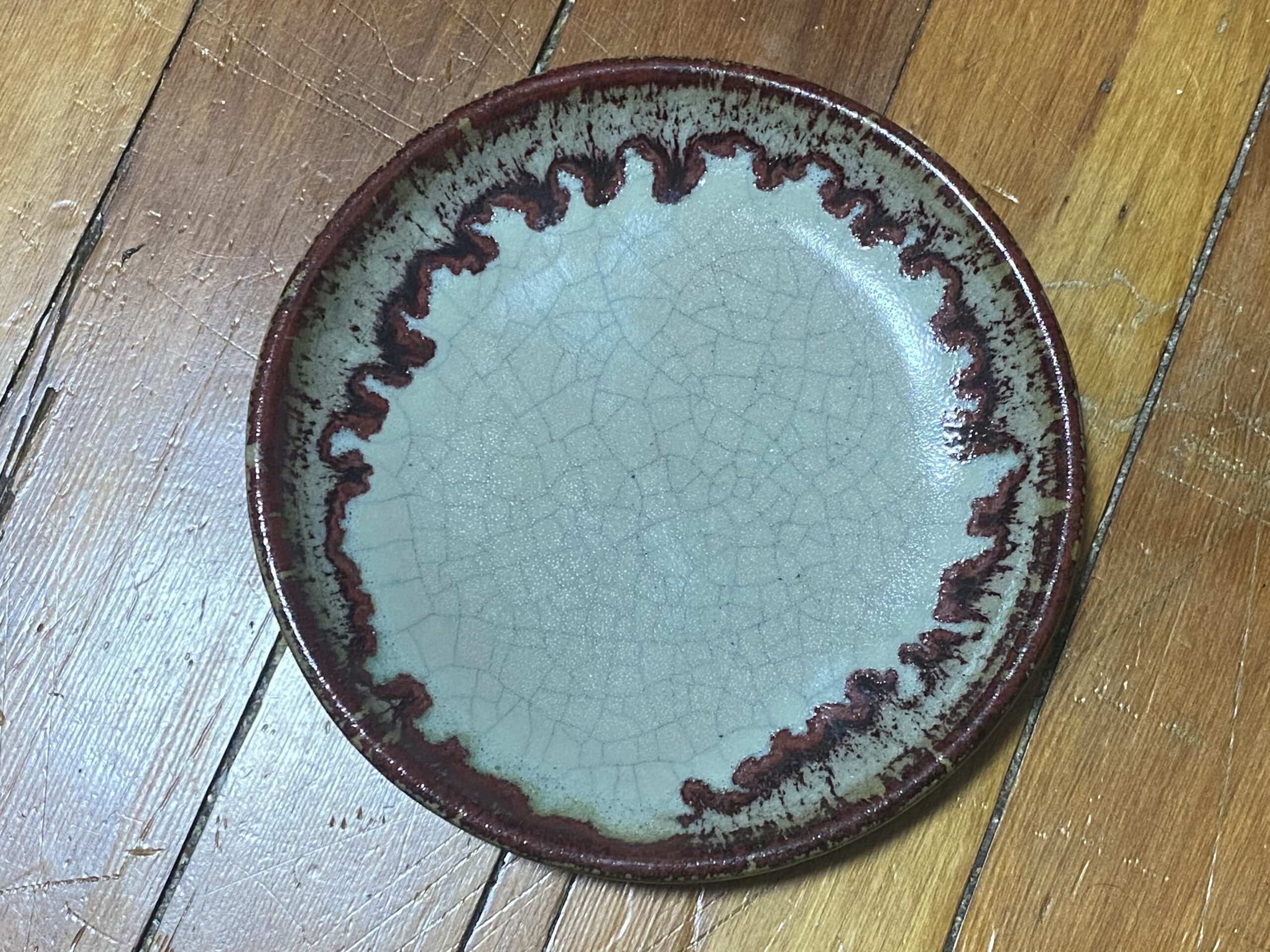“Red Chinese Crackle” dish: 5,677 ppm Lead, 135 ppm Cadmium, 72 ppm Antimony.
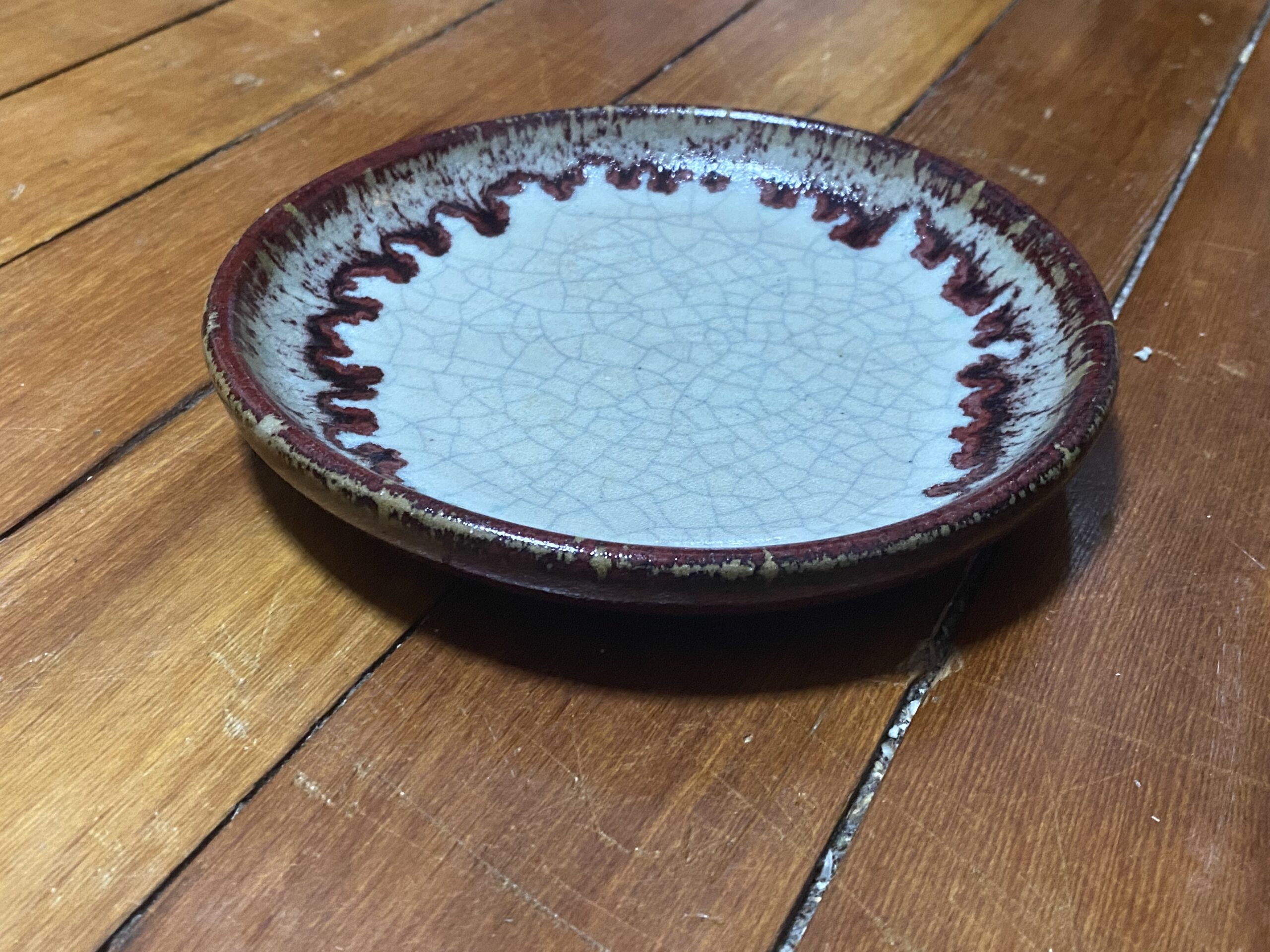

 Published: Saturday – July 2, 2022
Published: Saturday – July 2, 2022
This is a companion piece to a second piece I wrote about earlier today – link here. The body text of the article is essentially the same as the earlier piece, the XRF readings below are specific to the dish pictured here.
Given all federal agencies agree that there is no safe level of Lead exposure for humans, and also given that in 2008 the Consumer Product Safety Commission set the level of 90 ppm Lead as being the limit for allowable Lead in the paint, glaze or coating of an item intended for use by children – I would not personally be comfortable eating off of these dishes (and certainly would never let any child use one of these).
They may have been “safe” (determined by independent testing at the time of manufacture to be non-leaching for Lead) on the day they left the factory, but there is no guarantee that over time, with age and use, they have not/will not become unsafe. This is especially possible if the item is used with with heated foods — or acidic foods, such as tomato-based sauces, vinegars, or lemon juice, for example).
Now that we know for certain (using XRF testing) that there is Lead in both the glaze and the substrate of this plate (see specific readings for each component below), it is far simpler and less expensive to buy new dishes than it would be to send a dish like this to a lab to do leach-testing to confirm whether or not any of the Lead might be leaching from the dish at this time… so many years after they were manufactured! Consequently – in adopting a #KnowBetterDoBetter philosophy and a guiding principle of not allowing any Lead in your kitchen (a great first step in making a safer home for yourself and your family) – I would recommend purchasing new dishes if you own these (and not using these for food use purposes at all.) You can read more about these concerns specifically in this article – link.
Below are the full test results for the dish pictured.
Reading #1) Center of the food surface of the plate
Light colored / gray / off-white crackled glaze
60-second reading
- Lead (Pb): 550 +/- 37 ppm
- Cadmium (Cd): 135 +/- 13 ppm
- Tin (Sn): 11,600 +/- 400 ppm
- Mercury (Hg): non-detect
- Selenium (Se): non-detect
- Barium (Ba): 330 +/- 63 ppm
- Chromium (Cr): non-detect
- Antimony (Sb): 72 +/- 20 ppm
- Copper (Cu): 264 +/- 47 ppm
- Zinc (Zn): 1,477 +/- 80 ppm
- Manganese (Mn): 397 +/- 230 ppm
- Zirconium (Zr): 7,690 +/- 215 ppm
- Indium (In): 97 +/- 14 ppm
- Iron (Fe): 2,223 +/- 224 ppm
- Bismuth (Bi): 66 +/- 16 ppm
- No other metals detected in consumer goods mode.
Reading #2) Edge and underside of the plate
Red colored glaze
60-second reading
- Lead (Pb): 5,677 +/- 129 ppm
- Cadmium (Cd): 49 +/- 7 ppm
- Tin (Sn): 3,481 +/- 91 ppm
- Mercury (Hg): non-detect
- Selenium (Se): non-detect
- Barium (Ba): 548 +/- 40 ppm
- Chromium (Cr): non-detect
- Antimony (Sb): 45 +/- 13 ppm
- Copper (Cu): 7,658 +/- 209 ppm
- Zinc (Zn): 261 +/- 27 ppm
- Indium (In): 33 +/- 8 ppm
- Iron (Fe): 14,300 +/- 400 ppm
- Bismuth (Bi): 36 +/- 18 ppm
- No other metals detected in consumer goods mode.
Reading #3) unglazed foot of the plate
Tan/gray colored bare clay
60-second reading
- Lead (Pb): 1,780 +/- 51 ppm – NOTE: This is a surprising amount of Lead to find in a clay substrate.
- Cadmium (Cd): 7 +/- 4 ppm
- Tin (Sn): 213 +/- 11 ppm
- Mercury (Hg): non-detect
- Selenium (Se): non-detect
- Barium (Ba): 119 +/- 27 ppm
- Chromium (Cr): non-detect
- Antimony (Sb): non-detect
- Copper (Cu): 57 +/- 21 ppm
- Zinc (Zn): 153 +/- 19 ppm
- Zirconium (Zr): 210 +/- 9 ppm
- Indium (In): 14 +/- 6 ppm
- Iron (Fe): 15,400 +/- 400 ppm
- Bismuth (Bi): 58 +/- 12 ppm
- No other metals detected in consumer goods mode.
For those new to this website:
Tamara Rubin is a multiple-Federal-award-winning independent advocate for consumer goods safety and a documentary filmmaker. She is also a mother of Lead-poisoned children. Tamara’s sons were acutely Lead-poisoned in August of 2005. She began testing consumer goods for toxicants in 2009 and was the parent-advocate responsible for finding Lead in the popular fidget spinner toys in 2017. Tamara uses XRF testing (a scientific method used by the U.S. Consumer Product Safety Commission) to test consumer goods for toxicants (specifically heavy metals), including Lead, Cadmium, Mercury, Antimony, and Arsenic. All test results reported on this website are science-based, accurate, and replicable. Items (and separate components) are each tested multiple times, to confirm the test results for each component tested and reported on. Please click through to this link to learn more about the testing methodology used for the test results discussed and reported on this website.
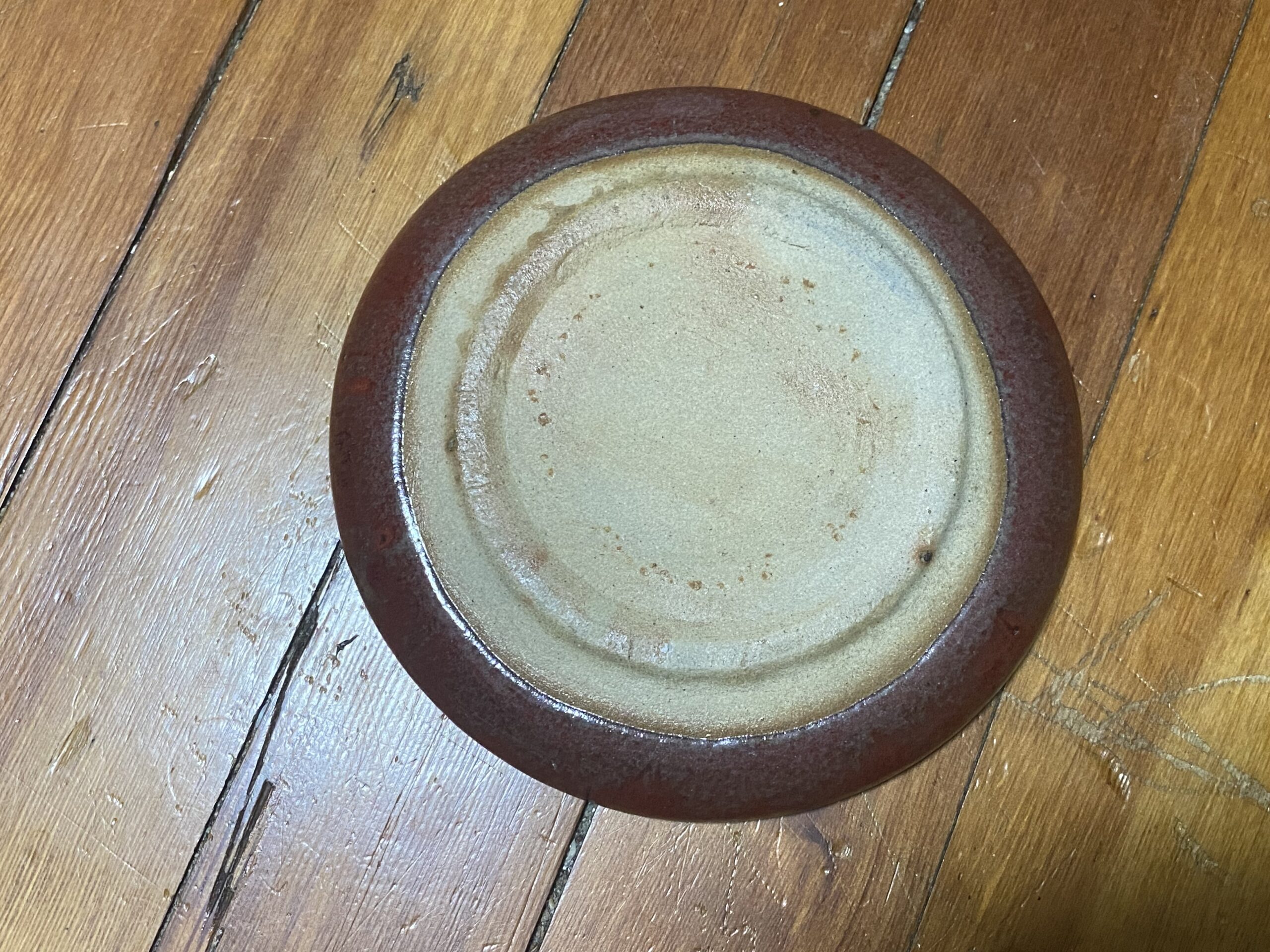
Never Miss an Important Article Again!
Join our Email List


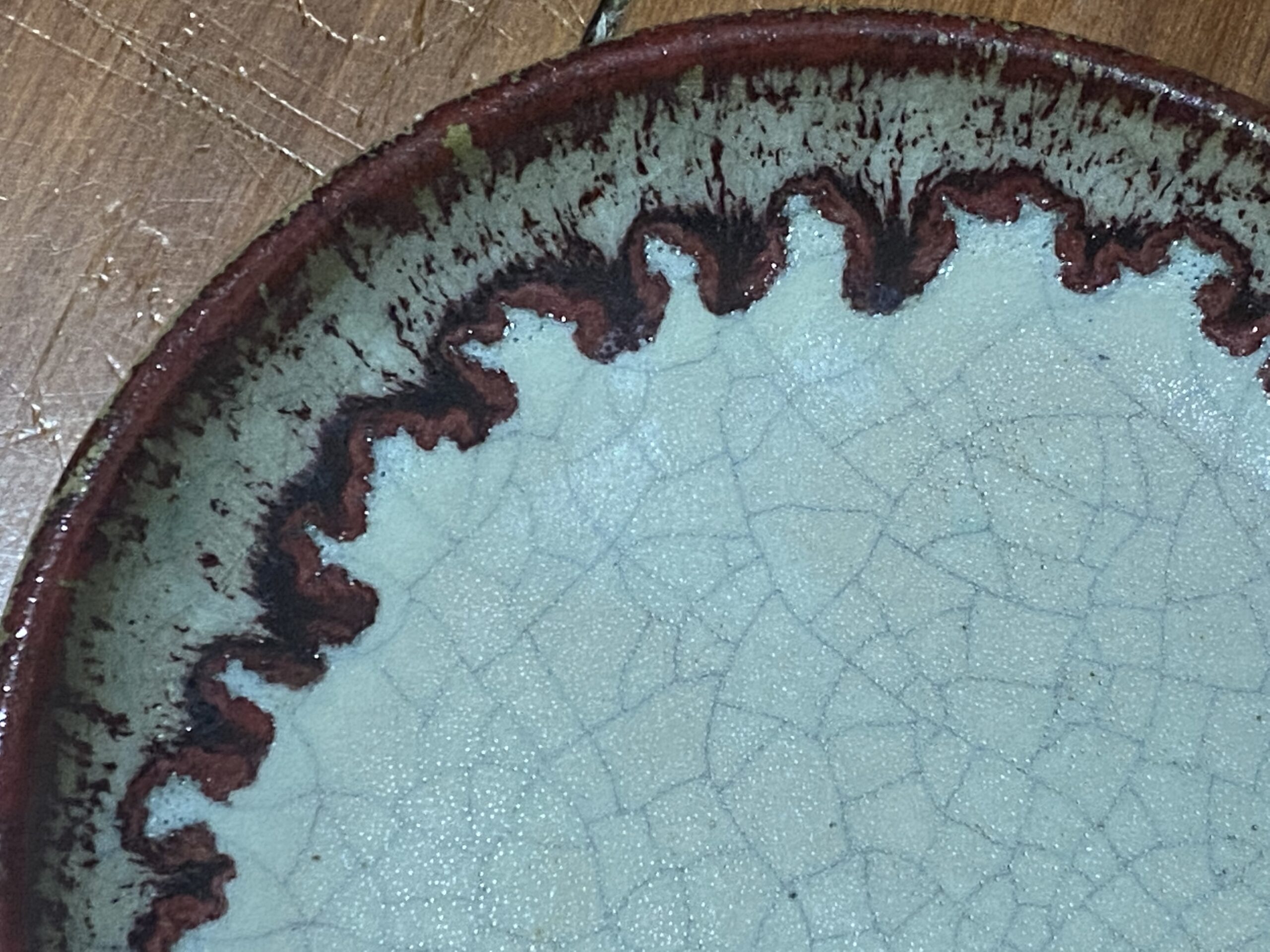
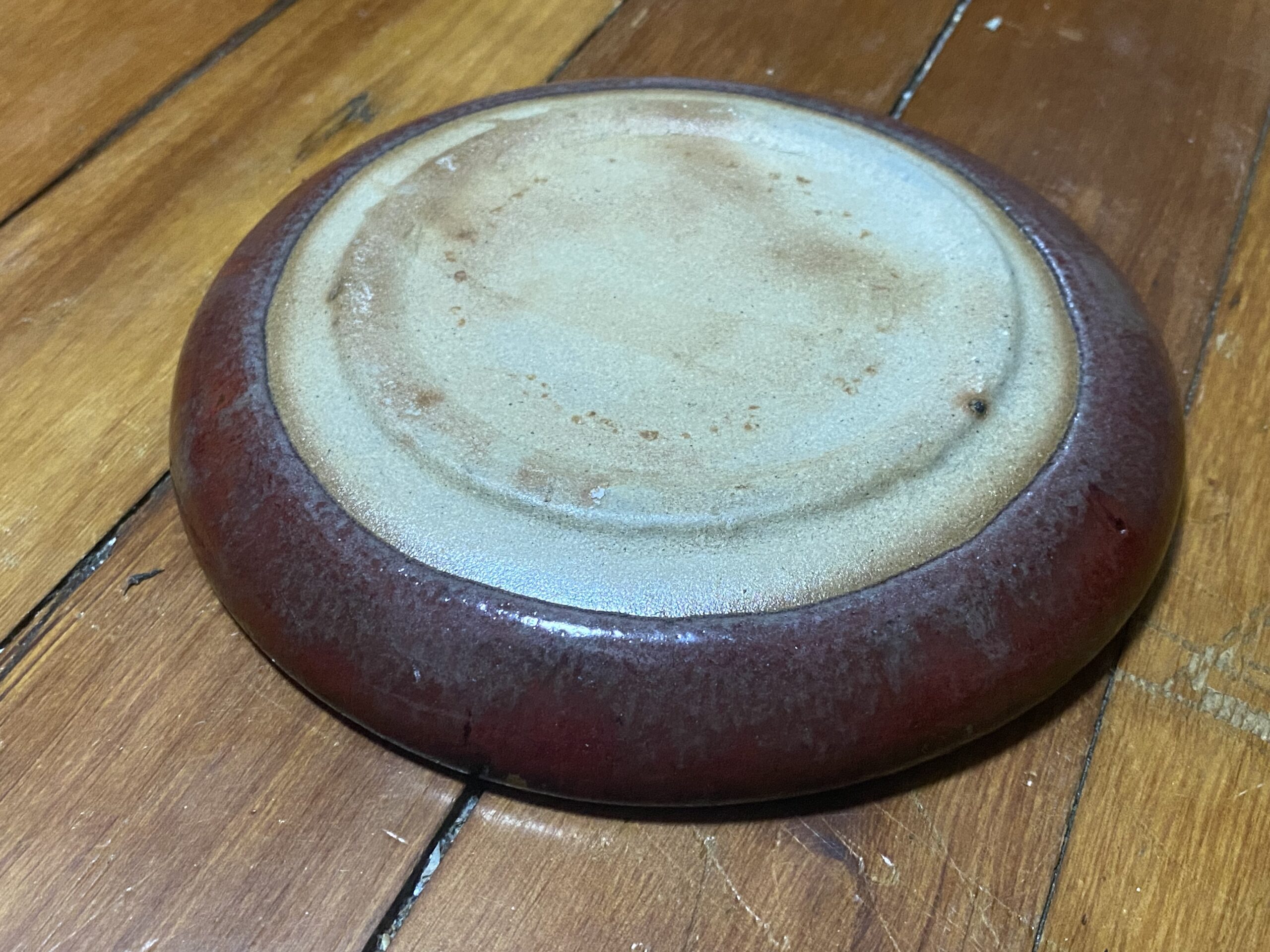 Published: Saturday – July 2, 2022
Published: Saturday – July 2, 2022